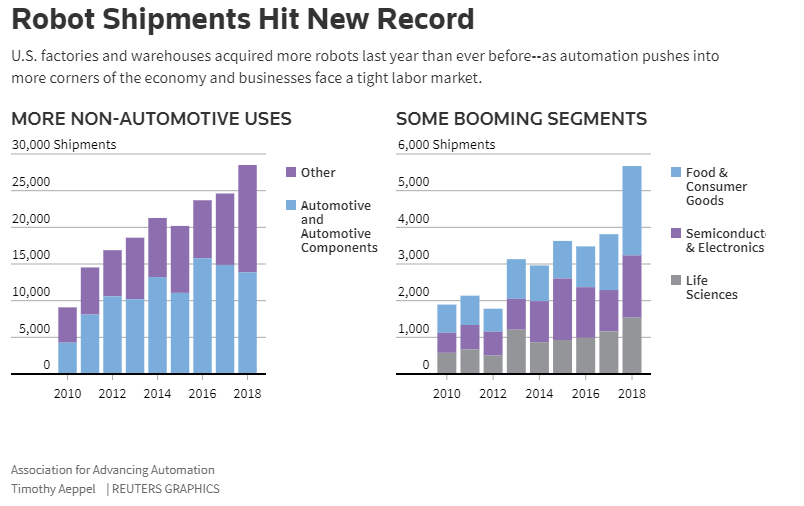Puzio, A.
AI & Soc (2023).
https://doi.org/10.1007/s00146-023-01812-z
Abstract
Considerable progress is being made in robotics, with robots being developed for many different areas of life: there are service robots, industrial robots, transport robots, medical robots, household robots, sex robots, exploration robots, military robots, and many more. As robot development advances, an intriguing question arises: should robots also encompass religious functions? Religious robots could be used in religious practices, education, discussions, and ceremonies within religious buildings. This article delves into two pivotal questions, combining perspectives from philosophy and religious studies: can and should robots have religious functions? Section 2 initiates the discourse by introducing and discussing the relationship between robots and religion. The core of the article (developed in Sects. 3 and 4) scrutinizes the fundamental questions: can robots possess religious functions, and should they? After an exhaustive discussion of the arguments, benefits, and potential objections regarding religious robots, Sect. 5 addresses the lingering ethical challenges that demand attention. Section 6 presents a discussion of the findings, outlines the limitations of this study, and ultimately responds to the dual research question. Based on the study’s results, brief criteria for the development and deployment of religious robots are proposed, serving as guidelines for future research. Section 7 concludes by offering insights into the future development of religious robots and potential avenues for further research.
Summary
Can robots fulfill religious functions? The article explores the technical feasibility of designing robots that could engage in religious practices, education, and ceremonies. It acknowledges the current limitations of robots, particularly their lack of sentience and spiritual experience. However, it also suggests potential avenues for development, such as robots equipped with advanced emotional intelligence and the ability to learn and interpret religious texts.
Should robots fulfill religious functions? This is where the ethical debate unfolds. The article presents arguments both for and against. On the one hand, robots could potentially offer various benefits, such as increasing accessibility to religious practices, providing companionship and spiritual guidance, and even facilitating interfaith dialogue. On the other hand, concerns include the potential for robotization of faith, the blurring of lines between human and machine in the context of religious experience, and the risk of reinforcing existing biases or creating new ones.
Ultimately, the article concludes that there is no easy answer to the question of whether robots should have religious functions. It emphasizes the need for careful consideration of the ethical implications and ongoing dialogue between religious communities, technologists, and ethicists. This ethical exploration paves the way for further research and discussion as robots continue to evolve and their potential roles in society expand.













